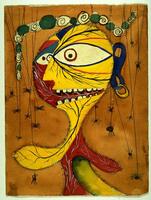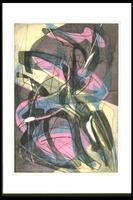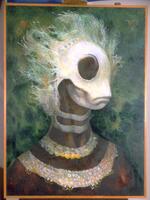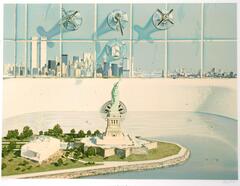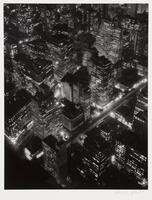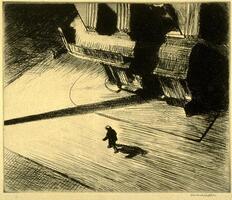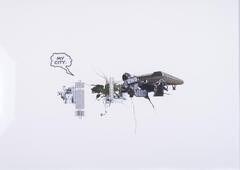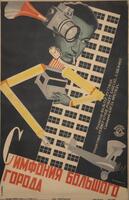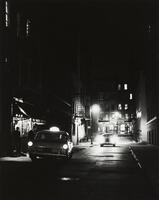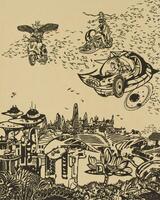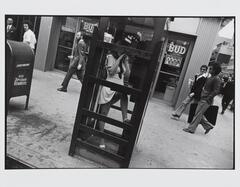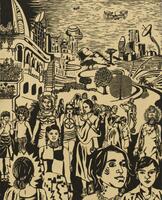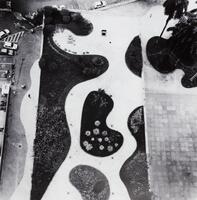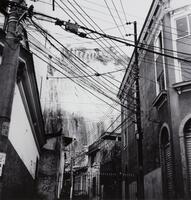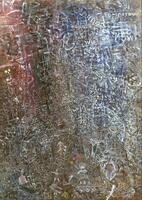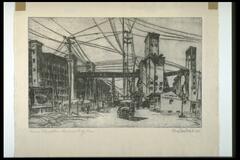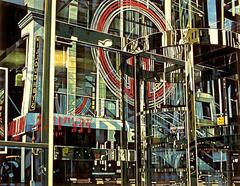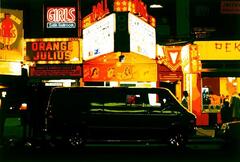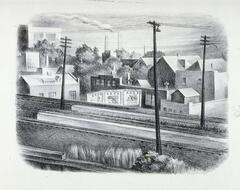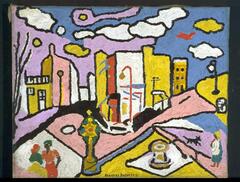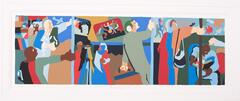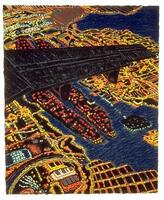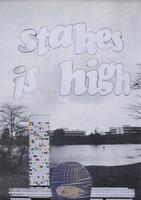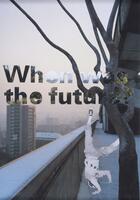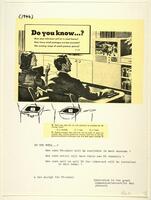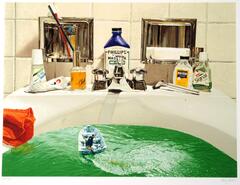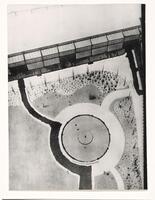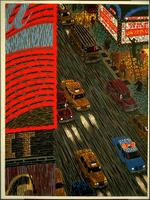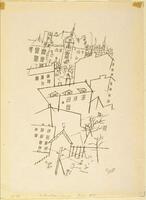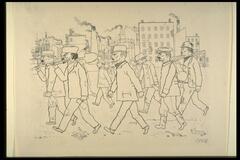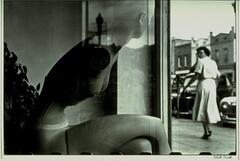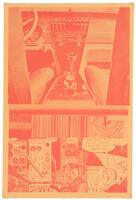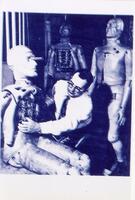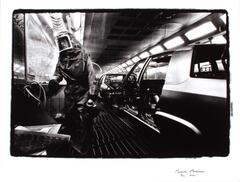If you are unable to come to UMMA in person due to illness, quarantine, etc., you can choose a work from this set of surrealist and surrealist-adjacent pieces from the UMMA collection.
59 Items in this Learning Collection
Collection Object
Collection Object
Collection Object
Collection Object
Collection Object
Collection Object
Collection Object
Collection Object
Collection Object
Collection Object
Collection Object
Collection Object
Collection Object
Collection Object
Collection Object
Collection Object
Collection Object
Collection Object
Collection Object
Collection Object
Collection Object
Collection Object
Collection Object
Collection Object
Collection Object
Collection Object
Collection Object
Collection Object
Collection Object
Collection Object
Collection Object
Collection Object
Collection Object
Collection Object
Collection Object
Collection Object
Collection Object
Collection Object
Collection Object
Collection Object
Collection Object
Collection Object
Collection Object
Collection Object
Collection Object
Collection Object
Collection Object
Collection Object
Collection Object
Collection Object
Collection Object
Copyright
All Rights Reserved
()
The Archeologists IV (Gli Archeologi IV); Plate VI from the suite "Metamorphosis" (Metamorphosis is underlined)
Accession Number
1948/1.54
Title
The Archeologists IV (Gli Archeologi IV); Plate VI from the suite "Metamorphosis" (Metamorphosis is underlined)
Artist(s)
Giorgio de Chirico
Artist Nationality
Italian (culture or style)
Object Creation Date
1929
Medium & Support
color lithograph on paper
Dimensions
19 ¾ in x 15 ⅝ in (50.17 cm x 39.69 cm);28 1/16 in x 22 1/16 in (71.28 cm x 56.04 cm);19 15/16 in x 15 11/16 in (50.64 cm x 39.85 cm);15 4/5 in x 11 ⅞ in (40.16 cm x 30.16 cm)
Credit Line
Museum Purchase
Label copy
The idea of the faceless mannequin in the art of de Chirico has its origins in a poem of 1913 by the French poet Apollinaire and in a play of 1914 by the artist’s brother Alberto Savinio, about a "man without voice, eyes, or face." A blend of the human and the nonhuman, this enigmatic figure suggested the revelatory function of the artist, poet, or philosopher. Ultimately, this image came to stand for the human condition in the modern age, and was taken up by diverse artists, Surrealist and otherwise.
In de Chirico’s work the archeologist is a variant of the mannequin theme, and this figure occurs in pairs. As seen in the present print, the archeologists’ bodies are filled with objects—architectural ruins, heraldic shields, snippets of natural scenery—to suggest the collective memory that each individual must interpret. This lithograph is similar to a painting, now in Milan, that the artist executed three years earlier.
Label copy from exhibition "Dreamscapes: The Surrealist Impulse," August 22 - October 25, 1998
Primary Object Classification
Print
Collection Area
Modern and Contemporary
Rights
If you are interested in using an image for a publication, please visit http://umma.umich.edu/request-image for more information and to fill out the online Image Rights and Reproductions Request Form.
Keywords
Ruins
Surrealism
automaton
heraldic shield
mannequins (costume equipment)
modern and contemporary art
1948/1.54
Title
The Archeologists IV (Gli Archeologi IV); Plate VI from the suite "Metamorphosis" (Metamorphosis is underlined)
Artist(s)
Giorgio de Chirico
Artist Nationality
Italian (culture or style)
Object Creation Date
1929
Medium & Support
color lithograph on paper
Dimensions
19 ¾ in x 15 ⅝ in (50.17 cm x 39.69 cm);28 1/16 in x 22 1/16 in (71.28 cm x 56.04 cm);19 15/16 in x 15 11/16 in (50.64 cm x 39.85 cm);15 4/5 in x 11 ⅞ in (40.16 cm x 30.16 cm)
Credit Line
Museum Purchase
Label copy
The idea of the faceless mannequin in the art of de Chirico has its origins in a poem of 1913 by the French poet Apollinaire and in a play of 1914 by the artist’s brother Alberto Savinio, about a "man without voice, eyes, or face." A blend of the human and the nonhuman, this enigmatic figure suggested the revelatory function of the artist, poet, or philosopher. Ultimately, this image came to stand for the human condition in the modern age, and was taken up by diverse artists, Surrealist and otherwise.
In de Chirico’s work the archeologist is a variant of the mannequin theme, and this figure occurs in pairs. As seen in the present print, the archeologists’ bodies are filled with objects—architectural ruins, heraldic shields, snippets of natural scenery—to suggest the collective memory that each individual must interpret. This lithograph is similar to a painting, now in Milan, that the artist executed three years earlier.
Label copy from exhibition "Dreamscapes: The Surrealist Impulse," August 22 - October 25, 1998
Primary Object Classification
Collection Area
Modern and Contemporary
Rights
If you are interested in using an image for a publication, please visit http://umma.umich.edu/request-image for more information and to fill out the online Image Rights and Reproductions Request Form.
Keywords
Ruins
Surrealism
automaton
heraldic shield
mannequins (costume equipment)
modern and contemporary art
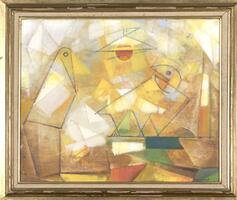
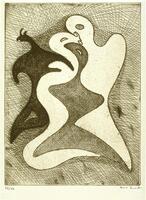
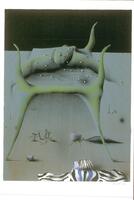
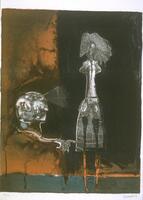

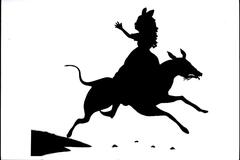

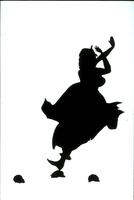

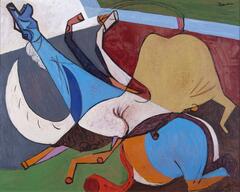
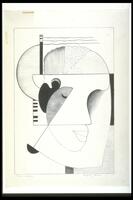
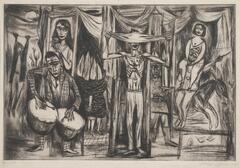

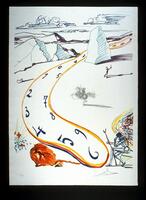
![In this mixed-media print, there is a white background with black outlines of facial features, lips and an eye, and a creature in the bottom left. In the upper left corner there is a rectanglular sheet in cream layered on top; a wavy vertical design stretches diagonally from the top of the rectangle to the bottom in yellow, red, and blue. Within this sheet, there are small figures at the center left drawn in black. To the right in the sheet, there is a collaged image of one of the artist's paintings, incorporated into a cube. Above, there are drawn birds. There is a small mechanical-like figure on the sheet at the bottom left. At the center of the print, in the cream page, the artist signed "Dali" and dated the print "1975. To the bottom left, on the larger white page, there is text inscribed in the plate, mirrored and someone illegible, that possibly reads "Leill Ciclopeer Alucire la bouche Almient tire / Lula [illegible]." The print is number at the lower left in pencil. In this mixed-media print, there is a white background with black outlines of facial features, lips and an eye, and a creature in the bottom left. In the upper left corner there is a rectanglular sheet in cream layered on top; a wavy vertical design stretches diagonally from the top of the rectangle to the bottom in yellow, red, and blue. Within this sheet, there are small figures at the center left drawn in black. To the right in the sheet, there is a collaged image of one of the artist's paintings, incorporated into a cube. Above, there are drawn birds. There is a small mechanical-like figure on the sheet at the bottom left. At the center of the print, in the cream page, the artist signed "Dali" and dated the print "1975. To the bottom left, on the larger white page, there is text inscribed in the plate, mirrored and someone illegible, that possibly reads "Leill Ciclopeer Alucire la bouche Almient tire / Lula [illegible]." The print is number at the lower left in pencil.](/media/W1siZiIsIjIwMjIvMDUvMjUvMWUwenVmM3Nlel9kZWZhdWx0LmpwZyJdLFsicCIsInRodW1iIiwiMjQweDIwMCJdXQ?sha=03c3865ec6fdec9d)
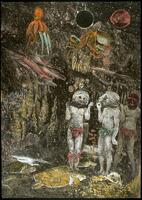
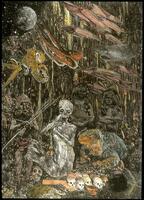
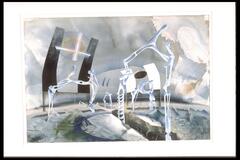
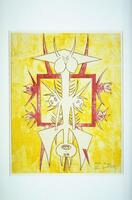

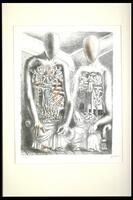

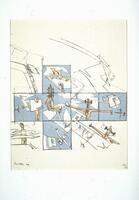
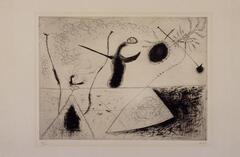
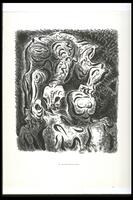
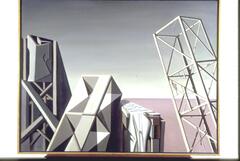

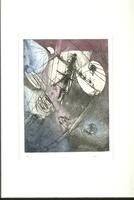


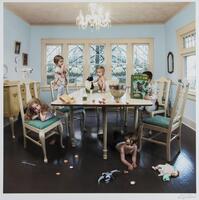
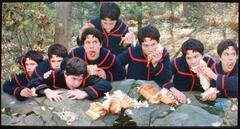
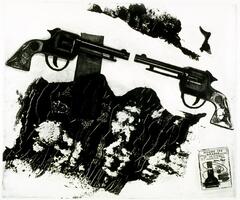
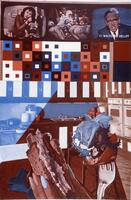
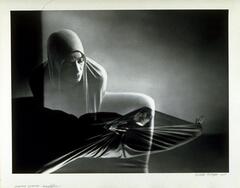
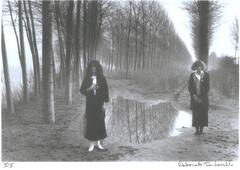

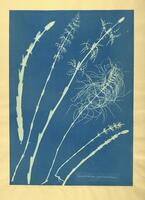
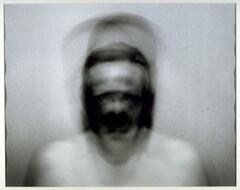
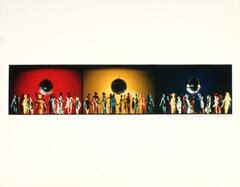


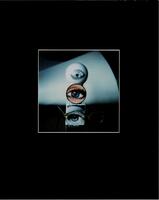

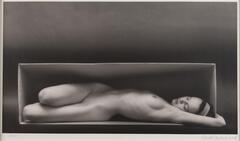
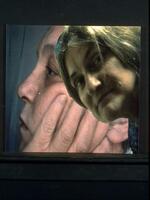
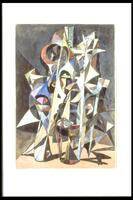
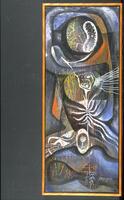
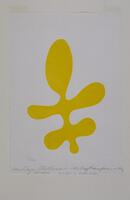

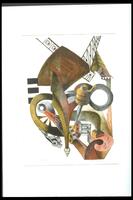
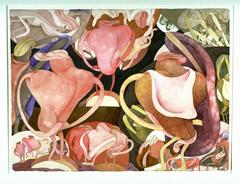
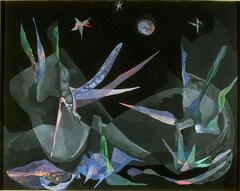

![A clear glass bubble rests on the bowl of a plain white clay pipe. Along the stem of the pipe are the words, "Ce que [sic] manque à nous tous." A clear glass bubble rests on the bowl of a plain white clay pipe. Along the stem of the pipe are the words, "Ce que [sic] manque à nous tous."](/media/W1siZiIsIjIwMjIvMDkvMjQvMmR5MHViN2o5Yl9kZWZhdWx0LmpwZyJdLFsicCIsInRodW1iIiwiMjQweDIwMCJdXQ?sha=e23a50659ff4d560)
